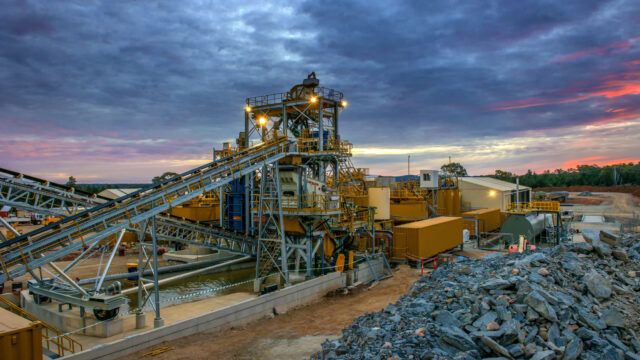The challenging period in global markets hasn’t dampened the potential in the global listed infrastructure space.
In the face of aggressive interest-rate increases in most economies as well as high levels of inflation that have remained stickier than expected, Shane Hurst, portfolio manager at ClearBridge Investments, believes listed infrastructure can offer some insulation.
“Given the current backdrop, we favour being defensively positioned in utilities with what we consider compelling valuations and that are less sensitive to GDP,” he explained, adding that regulated utilities can also offer benefits for investors once inflation declines, since they will feel less pressure to increase prices.
“In times of higher inflation, they’ll retain some of that cash, and in times of lower inflation, they’ll pay some of that out,” said Hurst.
Listed versus unlisted
Some of the demand for listed infrastructure has been fuelled by the disconnect between the valuations of listed and unlisted infrastructure.
In short, listed assets have been trading at a big discount versus their unlisted peers. As at the end of 2022, this gap – as measured by the Global Listed Infrastructure Organisation (GLIO) Index versus the Wilde/Preqin Infrastructure Index – was at its largest since the global financial crisis 15 years ago.
In the months since then, Preqin said there has been US$300bn of dry powder sitting unused in unlisted funds looking for a home.
“This capital has already been coming to the market to acquire assets, and we think it will continue to do so,” Hurst added.
Capitalising on change
Looking longer term, analysis from ClearBridge pinpoints the broad themes of decarbonisation, reshoring and 5G growth as sources of attractive opportunities in the listed infrastructure space.
The fund house believes the move toward net zero is one of the major tailwinds for listed infrastructure. For example, it estimates that to even get close to net zero by 2030, power spending needs to increase from about US$0.8trn to US$2.5trn per year.
“Specifically, spending on wind and solar needs to increase 5.5x by 2030 in order to be on track for a net-zero outcome by 2050,” said Hurst.
Similarly, to reach net zero by 2050, by 2030 60% of all cars sold annually will need to be electric, he added, while the International Energy Agency only puts the figure for 2023 at 18%.
Reshoring is another major theme in the wake of Covid, as supply chains have started to shorten and become more domestic.
In the US, for example, 83 new clean energy manufacturing facilities or expansions have been announced since the Inflation Reduction Act started incentivising local manufacturing. “This not only benefits utilities but also electric vehicle transport infrastructure needing electricity sourced from renewable energy,” said Hurst.
Other government-led manufacturing incentives tied to clean energy have been announced in the EU, UK and Canada.
As a result, despite the drop in share prices, ClearBridge believes utilities remain attractive due to these incentives as well as continued solid fundamentals.
Meanwhile, in terms of user-pays assets, capital expenditures on cell phone towers have also been increasing as 5G has been rolled out and demand remains strong, added Hurst. Around US$80bn of new capital is expected to be spent on new capacity and data usage is expected to quadruple from 2021 to 2025.
“This would offer a direct benefit to communications towers, one major infrastructure sub-sector we focus on,” he said.

















